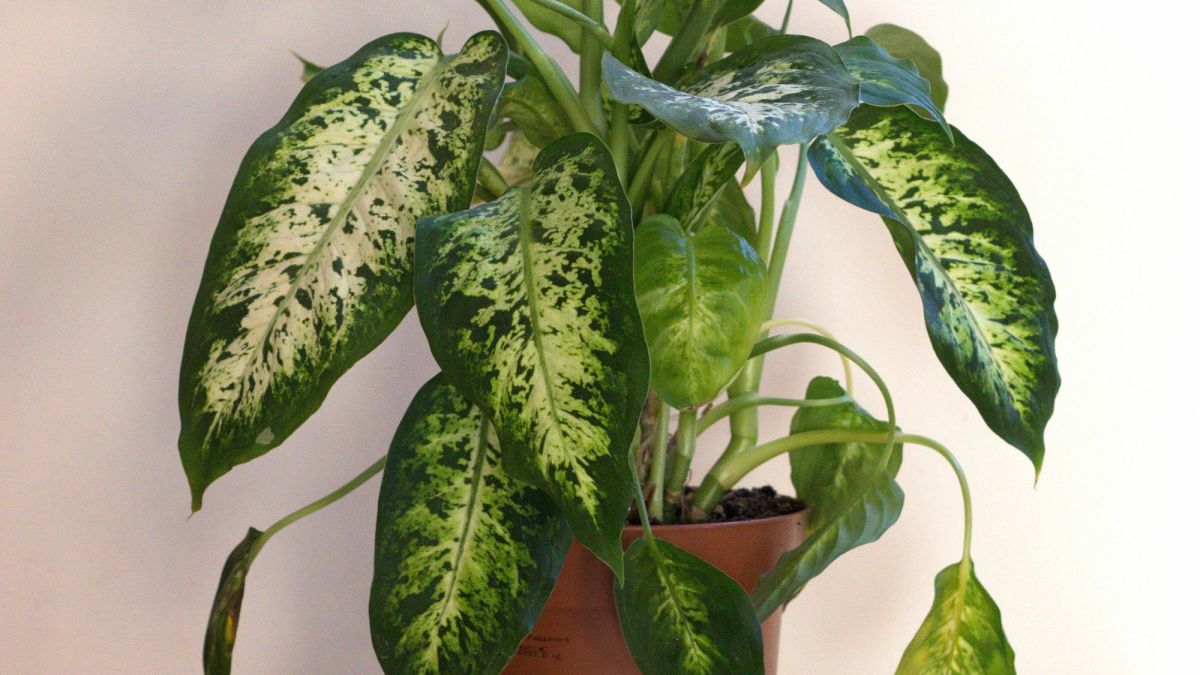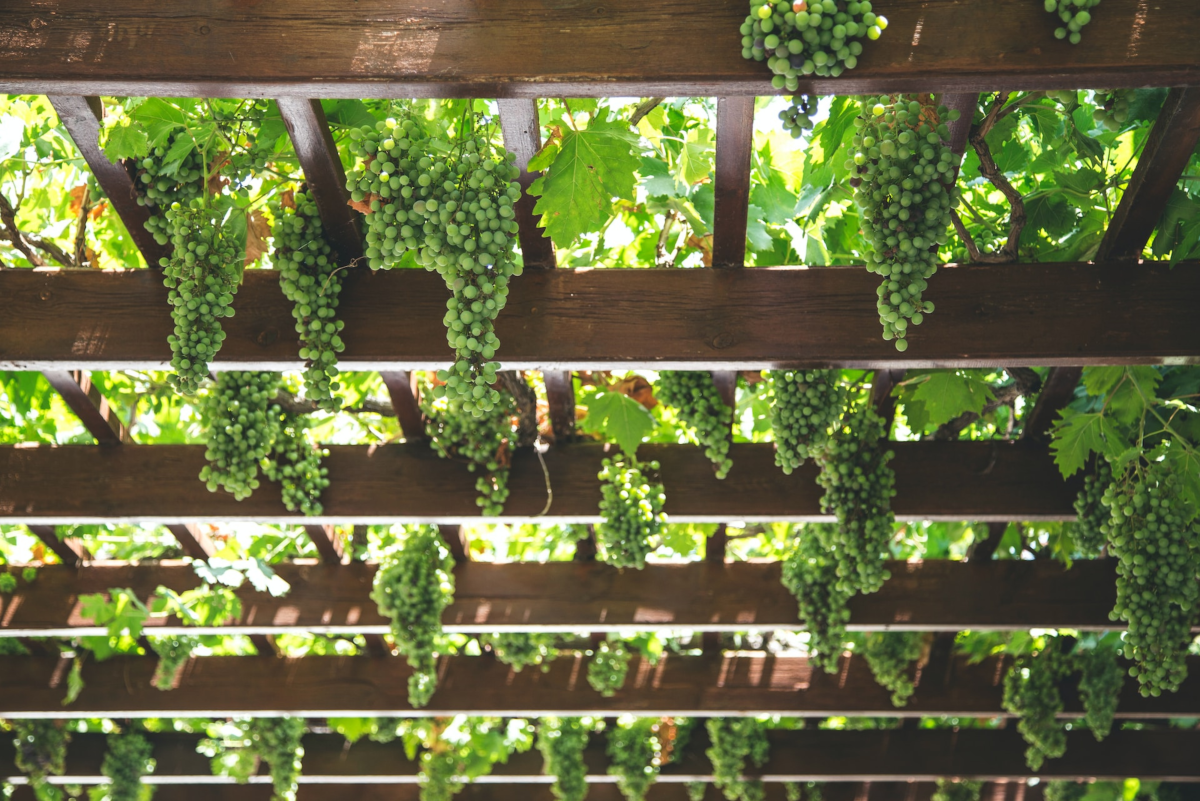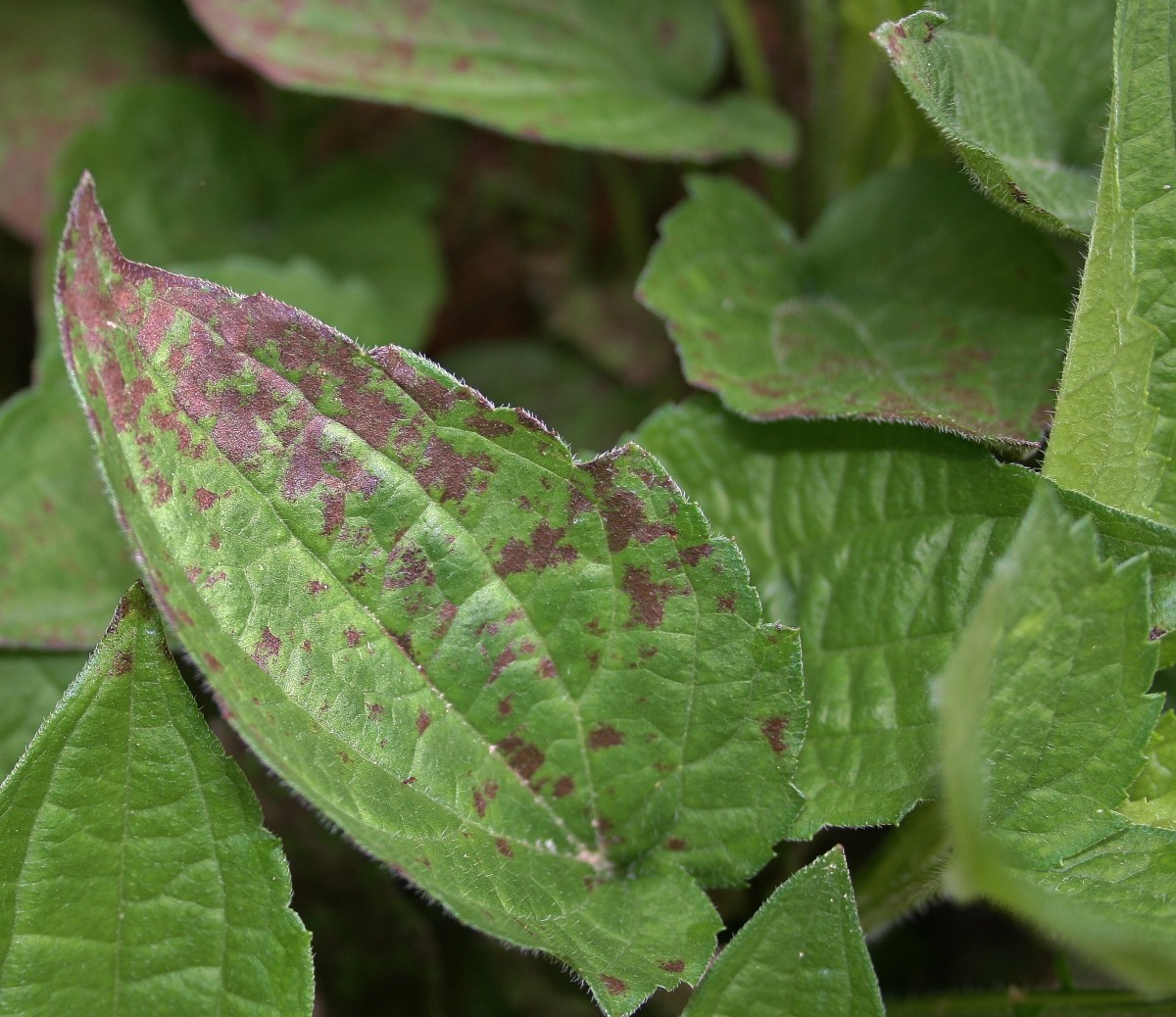Plant Propagation from Cuttings
Propagate with Cuttings
Plant propagation is fun and easy.
One of the simplest ways to propagate certain types of plants is by taking and rooting stem cuttings. Plant cuttings are parts of a parent plant that are severed and then placed in a rooting medium, such as peat moss, soil or water, until they root and can be replanted as a new plant.
Growing from cuttings produces a very predictable new plant.
There are 3 types of wood cuttings for propagating your plant – softwood, hardwood and semi-hardwood. I think the terms are fairly self-explanatory, yet each is treated differently
Softwood cuttings are taken in late spring and early summer, before the shoots become woody and hard. Semi-hardwood and hardwood cuttings are best taken late in summer, fall or early winter, from mature or last season’s wood.
Propagating with Hardwood Cuttings
Hardwood cuttings are much more durable than softwood cuttings, which is why this type of plant propagation is the best technique for the home gardener. Most of the information is also applicable to semi-hardwood cuttings.
Autumn is the best season to get new plants started for next year’s plantings. All your cuttings should be collected from vigorous, healthy plants that are free of insect pests, disease, or nutrient deficiencies.
Early morning, when the plant is fully turgid, is the best time to take cuttings. Keep the cuttings cool and moist until they are inserted into the rooting medium. A dark plastic bag with wet paper towels can be used to store them. Place them in a plastic bag in a refrigerator if you don't intend to use them right away.
Take cuttings a quarter to three-eighths inch in diameter (about the diameter of a pencil or slightly larger), and generally four to eight inches long. Look for a stem that does not have a flower or a flower bud. Remove the lower leaves, and cut off the stem about half an inch below the leaf node.
Hardwood cuttings are more difficult to root than softwood cuttings, and it may take two to four months for roots to form. The use of a rooting hormone will often ensure a better chance of your cutting rooting. Before you insert the cutting in the rooting medium, scarify the lower part of the stem and then dip it into the rooting hormone.
Ensuring Success
Hardwood cuttings generally will root successfully when inserted in garden soil in the open only in warmer climates. Select a protected area, then keep an eye on them over the winter. Since hardwood cuttings are harvested in the least desirable growing season, they are slower to root, and often the percentage that will root is lower.
However, don’t give up on them too soon. I’ve had cuttings take up to 8 months to root! Come early spring, transplant them to pots or to their permanent home in your garden.
Another alternative is to put each cutting into its own container of sterile soil, sand or peat moss, and keep in a cool yet protected spot over the winter. Keep them moist, but be careful not to over-water, since the cutting is in a semi-dormant stage. When the new rooted plant is ready to be moved to its permanent location, it will be less stressed, as the roots are contained.
Some of the landscape plants and herbs easy to propagate with hardwood cuttings are escallonia, azalea, deutzia, lavender, ivy, rosemary, sage, mock orange, cotinus, roses and figs.
So this fall, propagate some of your leafy shrubs – both deciduous and evergreen – by taking cuttings.








